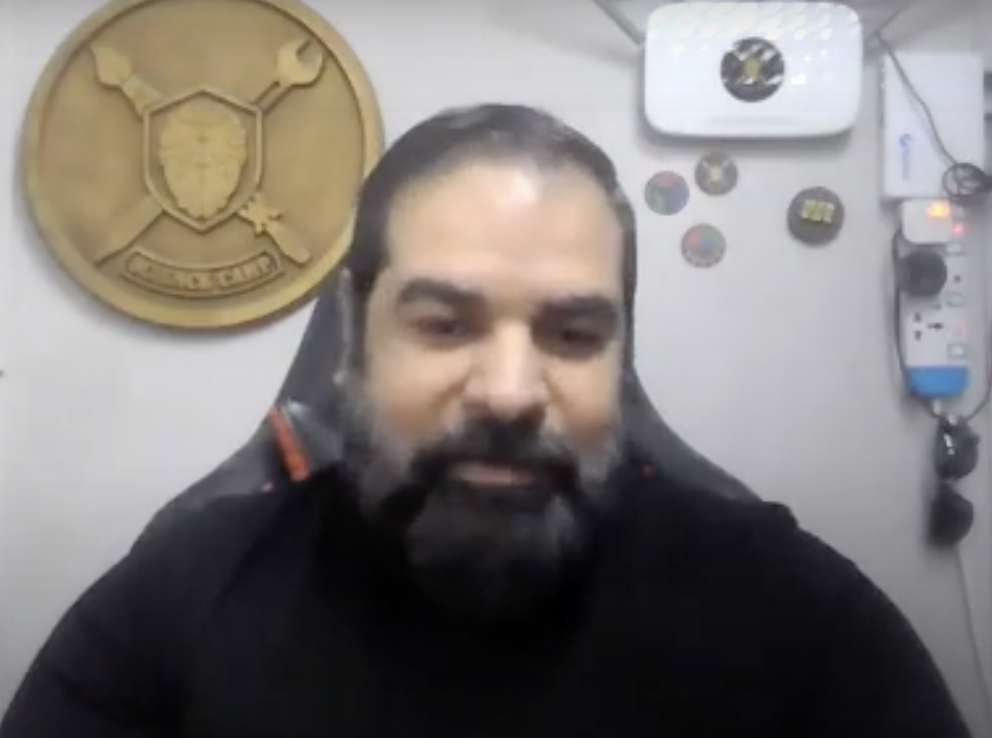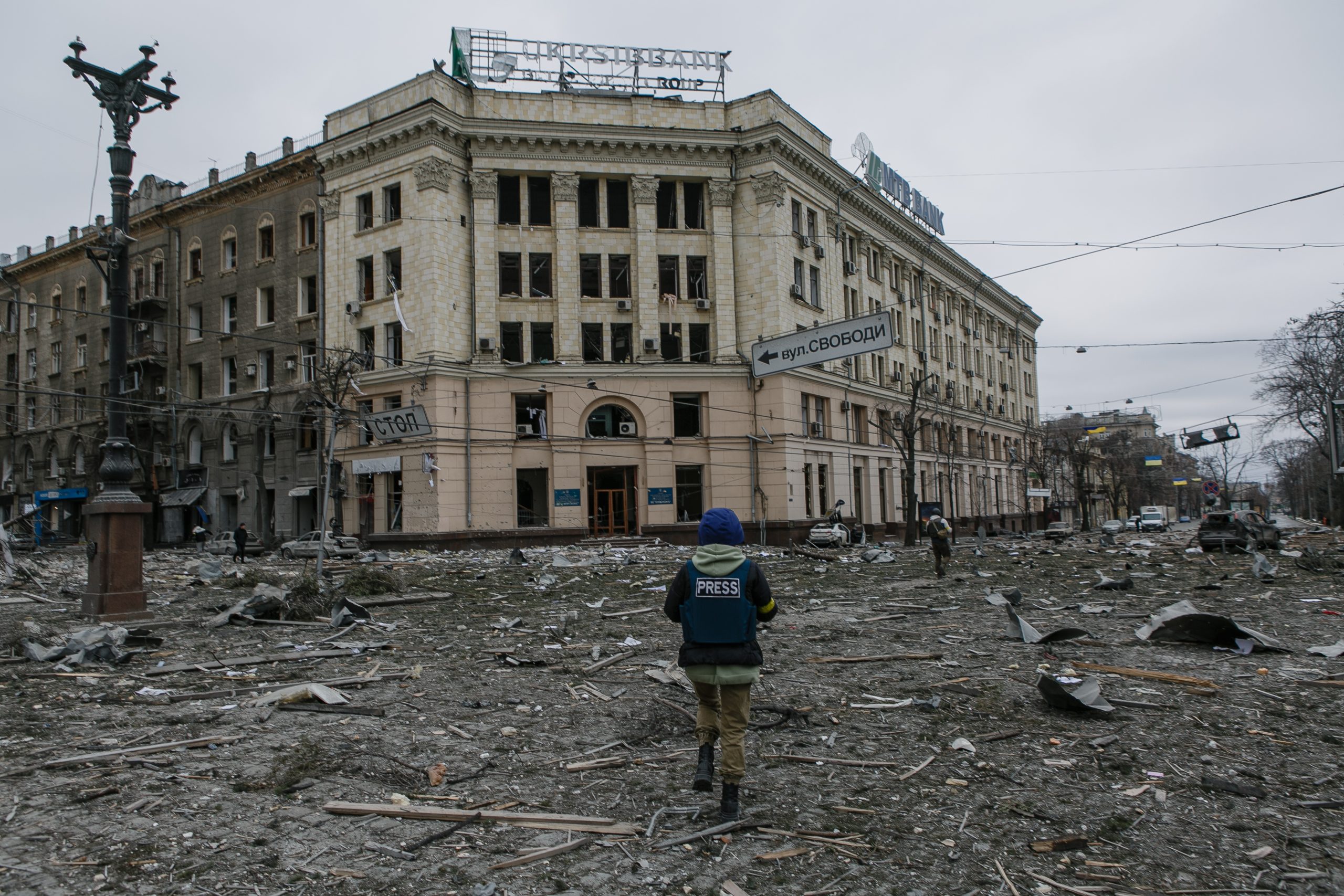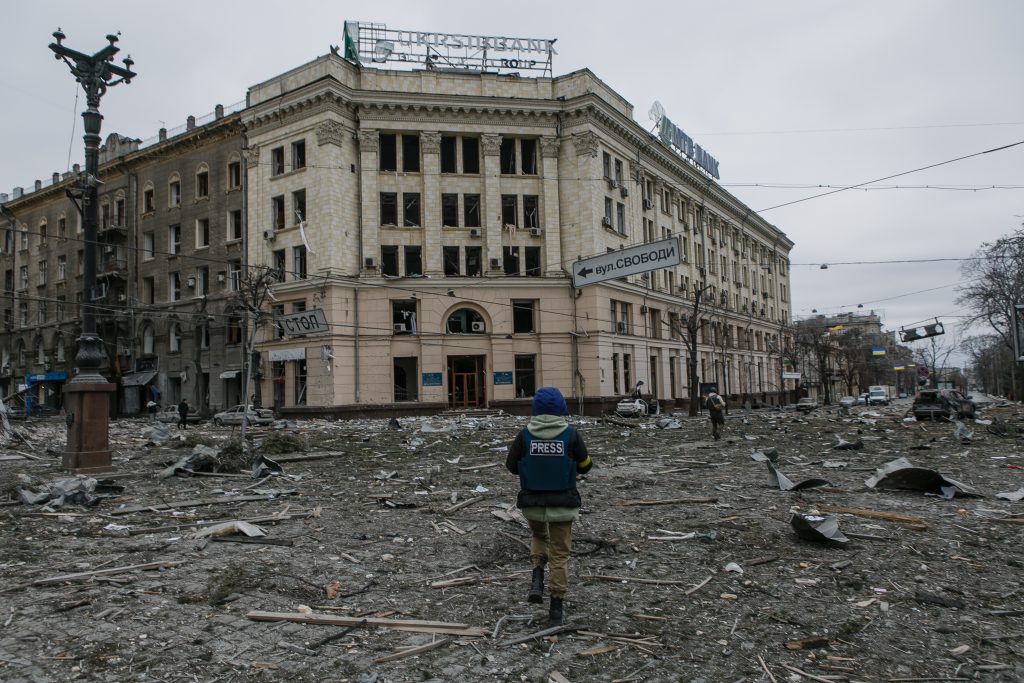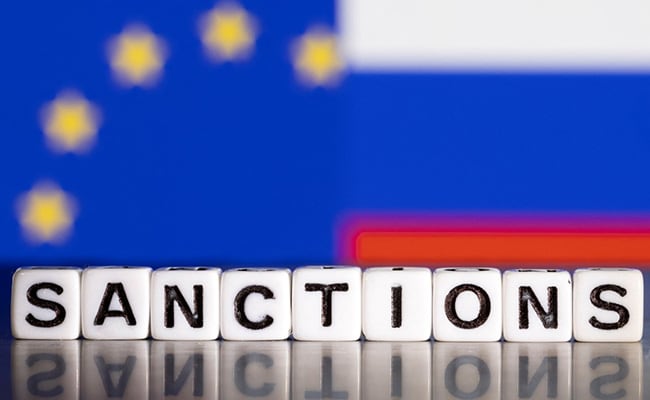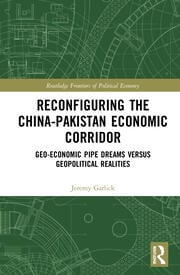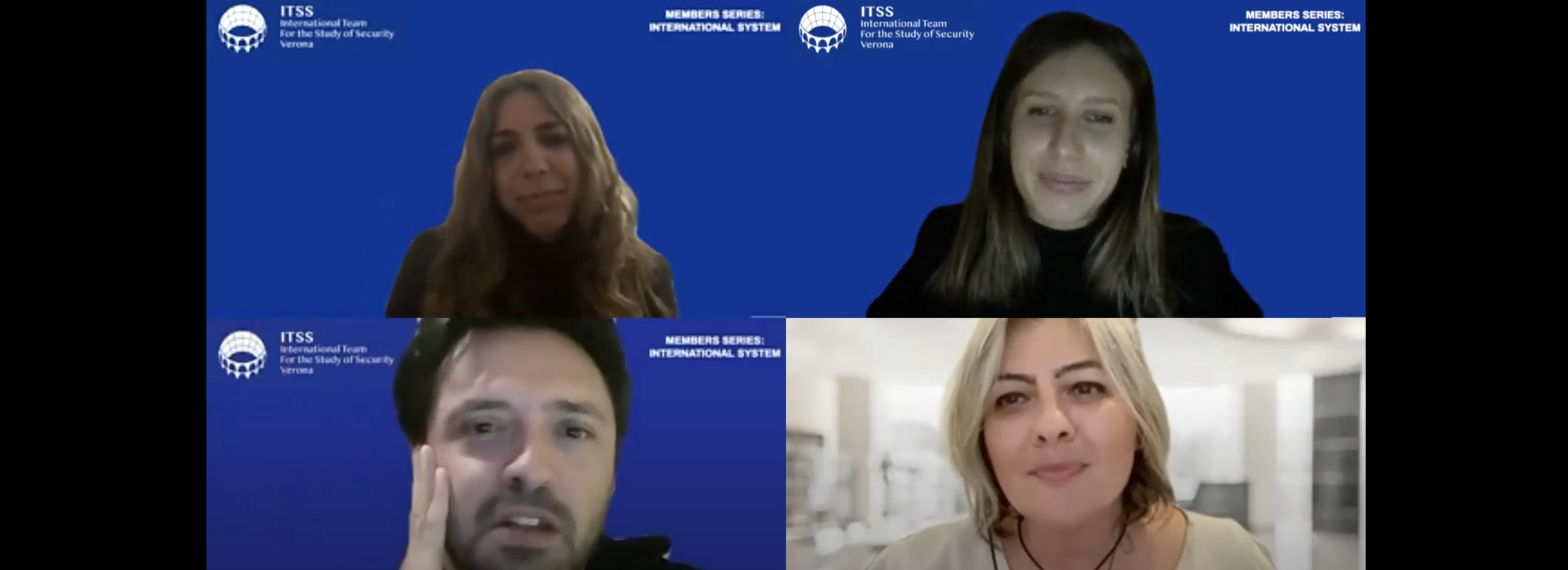By: Aida Cavalera.
Russian belligerence against Ukraine turned the issue of energy independence into a concrete reality for many countries and underscored the inextricable nexus between issues of national, international, and energy security.
In response to the international energy crisis, the US may choose to work towards energy independence in one of two ways: either be lulled into a false sense of security by leaning on dirty drilling and reverse any progress in the field of sustainability or place its trust in the hands of clean energy solutions. While reverting to traditional fossil fuel resources to secure energy independence may be a tempting choice because of its apparent immediacy, working on sustainable sources is likely to prove not just the most environmentally-friendly, but also the most politically-sound alternative.
US Gas and Oil Industry Players: Exploiting the Energy Crisis
Since the beginning of Russian aggression on Ukraine, US gas and oil industry actors have been fanning the flames of panic and mistrust in sustainable energy solutions by trumpeting the virtues of increased extraction practices. A quick look through the American Petroleum Institute's Twitter posts since the beginning of the war highlights the common talking points put forward by the US energy industry: the need for the deregulation of drilling practices, the loosening of permitting standards, the relaxation of health and environmental safeguards, and an increase subsidies to the oil and gas industry. When faced with the reality of arguments that the US is already almost at an all-time high in the production of oil and gas, industry actors make a number of lofty claims as to the ability of increased extractive practices to solve the energy crisis; some Big Oil actors claims that, although not absolutely necessary to the US domestically, an increase in drilling will be essential in supplying gas and oil to Europe and evening out prices internationally. Other actors, such as those involved in the fracking industry, have chosen to lay low and engage in more silent but equally harmful profiteering tactics by taking advantage of escalating prices.

The compulsive quest to collect drilling permits despite already holding the title of the world’s largest producer of oil and gas is a habit the US fossil fuel industry cannot shake. According to a report by the Bureau of Land Management, oil and gas companies already control 25 million acres of public land and have racked up 9000 approved but unutilized drilling permits on public land. This practice is encouraged by the fact that oil and gas companies can make an easy profit by simply sitting on permit-regulated federal land without even investing in actual projects.
A potential threat to sustainability initiatives
The most discouraging foreseeable consequence of the reversal to dirty extraction practices is the progressive unmaking of a number of recently passed bills and initiatives representing a first step in the direction of encouraging fossil fuel reversal in the US. Initiatives like the THRIVE Act, the Build Back Better framework, and the America the Beautiful campaign, while still not even coming close to comprehensively addressing issues of sustainability, climate change, and fossil fuel reversal, determined a partial discursive shift towards policies aimed at achieving environmentally-sound energy solutions and reducing the influence of Big Oil. The US’s choice to refrain from fully falling back into old habits of drilling its way into a false sense of security would be a sound choice from a variety of standpoints.
Implications and possible scenarios
Firstly, it may be true that the US, unlike European countries, does not have a supply shortage problem when it comes to oil and gas. It has been proven time and time again that a country’s supply independence is not sufficient when it comes to globally-priced commodities like gas and oil because of the effects of global price fluctuations. This notwithstanding, a reckless increase in drilling permits is highly unlikely to provide any relief in the stabilization of prices in the global energy market in the short term, according to reports by the Government Accountability Office.
Additionally, an increase in drilling practices and reliance on extraction activities would most likely prove counterproductive from a strict national security standpoint. Increased reliance on energy-related critical infrastructure may expose national infrastructure to heightened Russian hybrid warfare tactics such as cyberattacks aimed at infrastructure disruption. Russia is no stranger to selecting energy infrastructure projects as targets for cyberattacks as occurred in 2021 when Russia was identified as likely being responsible for the cyberattack on the Colonial pipeline.
Finally, the pursuit of energy independence through unfettered recourse to drilling would most likely generate friction between the United States and the European Union since the latter has overtly chosen to base its pursuit of energy independence on sustainable, clean energy sources through the adoption of the REPowerEU action plan. By continuing on the path of fossil fuel dependency, the US risks being politically and economically isolated.
All things considered, it is not difficult to imagine that no positive outcomes will arise from an increased reliance on fossil fuels and dirty extraction practices in pursuit of energy independence. Reversal to clean, sustainable energy sources is clearly the more environmentally-sound and politically-reasonable way to gain freedom from oil autocracies e and the recurring imminent threat of global energy crises. However, this does not mean that transition towards more sustainable energy is not fraught with a number of intricacies and potential for new geopolitical imbalances. Electrification of industry and transportation sectors, for example, constitutes one of the most obvious double edged weapons: the transition towards electrification relies on powerful batteries (such as Li-ion batteries) the main components of which are natural substances such as lithium and nickel. China and, in more recent times, Russia have already taken action to secure their control on the mining of these increasingly essential resources through investments in mining projects in lithium-rich countries like Argentina. One of the most demanding challenges of large-scale electrification-based transition will be ensuring that countries, including the US, do not trade in energy independence for further entrenched forms of supply chain dependency, thus never breaking the endless cycle of geopolitical and energy coercion.

